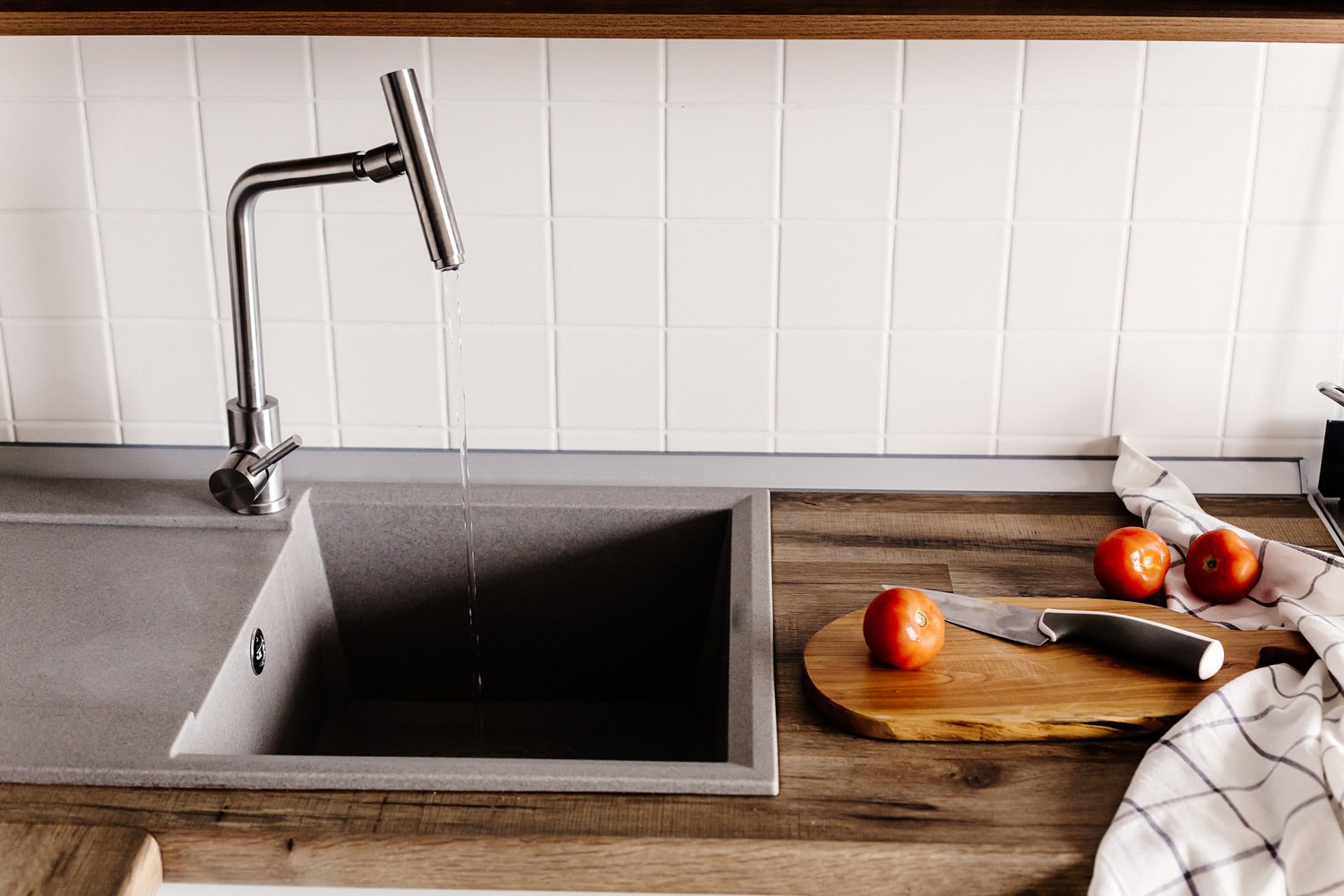Here’s the blog post formatted according to your specifications:
Understanding the Variety of Kitchen Sinks
When renovating your kitchen, selecting the right sink is crucial. Sinks come in various materials, sizes, and configurations. The most common types include granite composite, stainless steel, and ceramic. Each material has its unique properties and benefits. Granite composite sinks are durable and resistant to scratches. Stainless steel sinks are lightweight and easy to clean. Ceramic sinks offer a classic look and are highly resistant to stains. The configuration of the sink, such as single bowl or double bowl, can greatly impact your kitchen workflow. Single bowl sinks are ideal for washing large pots and pans, while double bowl sinks allow for multitasking. Consider your cooking habits and kitchen size when making your choice.
The depth of the sink is another important factor to consider. Deeper sinks, typically 8 to 10 inches, provide more space for washing large items. However, they may not be suitable for shorter individuals or those with back problems. Shallower sinks, around 6 to 8 inches deep, are more ergonomic but offer less space. The width of the sink should be proportional to your countertop. Standard sink widths range from 24 to 36 inches. Remember to measure your cabinet size before purchasing a sink. Most sinks require a cabinet that’s 3 inches wider than the sink itself.
Mounting style is another consideration when choosing a sink. The three main types are top-mount, undermount, and farmhouse. Top-mount sinks are the easiest to install and work with any countertop material. Undermount sinks create a seamless look and make countertop cleaning easier. Farmhouse sinks, also known as apron-front sinks, offer a distinctive look and large capacity. However, they require special cabinetry and are more challenging to install. The cost of sinks varies widely, ranging from $100 for basic models to over $1000 for high-end options.
When selecting a sink, don’t forget about accessories. Many sinks come with additional features like built-in drainboards, cutting boards, or colanders. These can enhance functionality and save counter space. Some sinks also offer noise-reduction technology, which can be beneficial in open-plan kitchens. The placement of the drain is another detail to consider. Center drains are common, but offset drains can provide more usable sink space. Always check the warranty offered with the sink, as it can vary from 1 year to lifetime coverage depending on the manufacturer and material.
Exploring Different Sink Configurations
1-bowl granite / composite sinks are popular for their spaciousness and durability. These sinks are made from a mixture of granite stone dust and acrylic resins, resulting in a material that’s resistant to heat, scratches, and stains. The single bowl design allows for easy cleaning of large items like baking sheets and stockpots. Most 1-bowl granite composite sinks measure between 22 to 33 inches in width. They’re available in various colors, allowing for seamless integration with different countertop materials. The average lifespan of a granite composite sink is 15 to 20 years with proper care.
1.5 bowl granite / composite sinks offer a compromise between single and double bowl designs. The main bowl is typically large enough for washing pots and pans, while the smaller half bowl can be used for food preparation or as a dedicated disposal area. This configuration is ideal for kitchens with limited space but a need for versatility. The smaller bowl usually measures about 1/3 to 1/2 the size of the main bowl. Many 1.5 bowl sinks come with a low divider, allowing you to slide large items across both sections when needed. These sinks usually range from 30 to 36 inches in width.
2 bowl granite / composite sinks provide maximum flexibility for kitchen tasks. With two full-sized bowls, you can separate clean and dirty dishes, or use one side for food preparation and the other for washing. These sinks typically range from 32 to 42 inches in width. The bowls can be of equal size or have one larger bowl for washing and a smaller bowl for other tasks. Some models feature a low divider for added versatility. 2 bowl sinks are ideal for households that frequently entertain or prepare large meals. They’re also beneficial in kitchens without a dishwasher, as they allow for a dedicated rinsing area.
2-bowl steel sinks are a classic choice, known for their durability and affordability. Stainless steel is resistant to heat and stains, making it a practical option for busy kitchens. These sinks are typically lighter than their granite composite counterparts, which can be an advantage during installation. The gauge of the steel affects its durability, with lower numbers indicating thicker, more durable steel. Most quality stainless steel sinks use 16 to 18 gauge steel. Some high-end models feature sound-deadening pads to reduce noise from running water and clanging dishes.
Alternative Sink Materials and Styles
Ceramic sinks offer a timeless aesthetic that suits both traditional and modern kitchens. These sinks are made from clay that’s fired at high temperatures and coated with enamel. The result is a non-porous surface that’s resistant to stains, scratches, and heat. Ceramic sinks are available in a wide range of colors, from classic white to bold hues. They’re heavier than stainless steel or composite sinks, often requiring additional support during installation. The average lifespan of a ceramic sink is 20 to 30 years with proper care.
Copper sinks are gaining popularity for their unique appearance and antimicrobial properties. These sinks develop a patina over time, changing color and developing character. Copper is naturally resistant to bacteria, making it a hygienic choice for kitchens. However, copper sinks require special care to maintain their appearance. They’re sensitive to acidic substances and can dent more easily than other materials. Copper sinks typically range from $500 to $2000, depending on size and quality. Despite their higher initial cost, many homeowners find copper sinks to be a worthwhile investment due to their durability and distinctive look.
Concrete sinks offer a modern, industrial aesthetic. These sinks are often custom-made, allowing for unique shapes and sizes. Concrete can be tinted to achieve various colors and can be paired with embedded materials like glass or stone for added visual interest. While durable, concrete sinks require sealing to prevent staining and water absorption. They’re also quite heavy, often necessitating additional structural support. The cost of concrete sinks varies widely due to their custom nature, but typically starts around $1000 for basic models.
Natural stone sinks, such as those made from marble or soapstone, provide a luxurious touch to any kitchen. These materials offer unique patterns and colors that can’t be replicated in man-made materials. However, they require more maintenance than other sink materials. Marble is particularly sensitive to acidic substances and can etch or stain easily. Soapstone is more resistant but may develop a patina over time. Natural stone sinks are among the most expensive options, often costing $2000 or more. Despite their high maintenance requirements, many homeowners choose these sinks for their unparalleled beauty and uniqueness.





